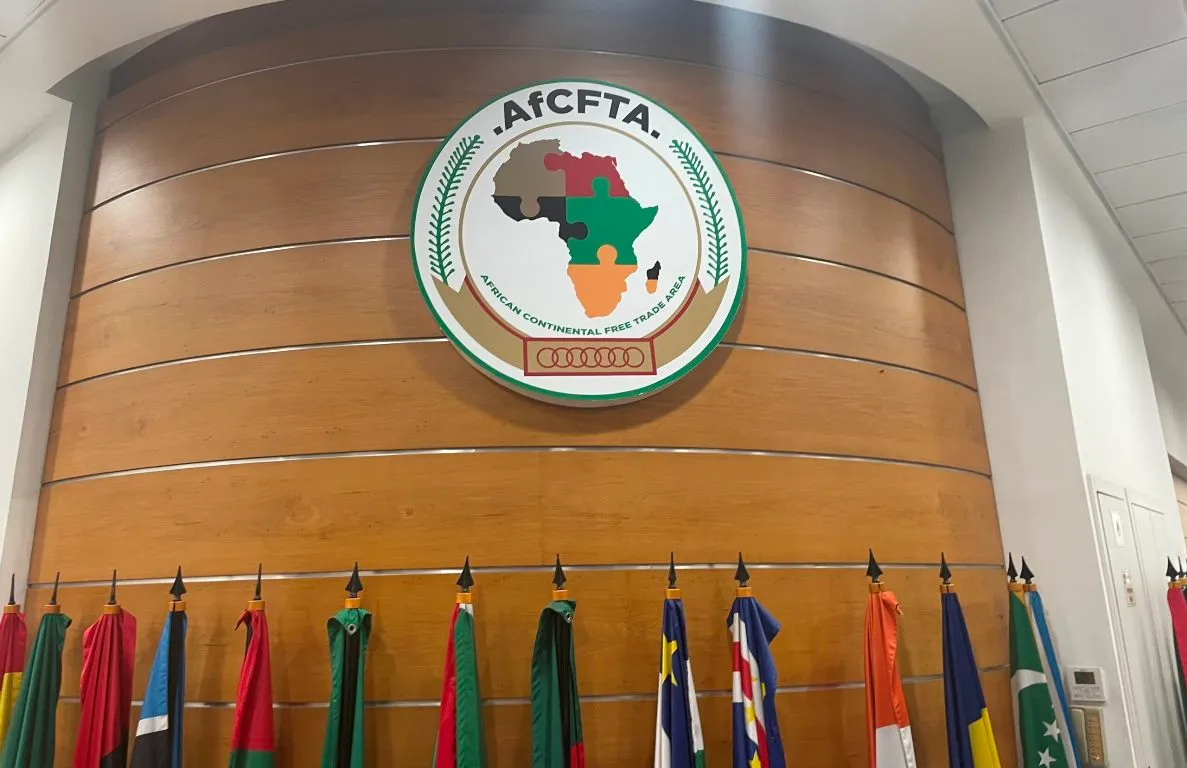The OPEC+ alliance is intensifying efforts to enforce compliance with oil output cuts, implementing a three-pronged strategy of both formal and voluntary production reductions.
Anonymous delegates revealed that the focus on adherence has heightened due to overproduction from major members like Iraq and Kazakhstan, as well as Russia occasionally exceeding its quota, according to CNBC.
The OPEC+ alliance is intensifying efforts to enforce compliance with oil output cuts, implementing a three-pronged strategy of both formal and voluntary production reductions. Anonymous delegates revealed that the focus on adherence has heightened due to overproduction from major members like Iraq and Kazakhstan, as well as Russia occasionally exceeding its quota.
The OPEC+ alliance is intensifying efforts to enforce compliance with oil output cuts, implementing a three-pronged strategy of both formal and voluntary production reductions. Anonymous delegates revealed that the focus on adherence has heightened due to overproduction from major members like Iraq and Kazakhstan, as well as Russia occasionally exceeding its quota.
Starting in December, eight OPEC+ members, including Saudi Arabia, will reinstate 2.2 million barrels per day (bpd) of voluntary cuts, which had been delayed from an October start.
In addition to this, the coalition’s official policy will see a combined production target of 39.725 million bpd next year, while the same members will implement an additional voluntary cut of 1.7 million bpd through 2025.
Undercompliance has been a persistent challenge for the OPEC+ alliance, undermining its credibility in cutting output, especially amid current market uncertainties.
Factors such as ongoing conflicts in the Middle East, recent stock sell-offs, and a fragile post-Covid recovery in China—the world’s largest crude importer—have further complicated the situation.
These dynamics heighten the pressure on OPEC+ to enforce its production agreements effectively.
Oil prices have remained relatively low this year and dropped significantly on Thursday after a Financial Times report indicated that Saudi Arabia, the de facto leader of OPEC+, is willing to endure a low-price environment.
The kingdom may abandon its unofficial $100-per-barrel price target to increase output after December, contributing to concerns about future price stability.
As of 2:30 p.m. London time, Brent crude futures with November expiry were trading at $71.44 per barrel, a decrease of 0.17% from Thursday’s settlement.
Meanwhile, the November Nymex WTI contract remained unchanged at $67.75 per barrel from the previous session’s close.
The founder and CEO of Crystol Energy, Carole Nakhle said “I would read it more as the Saudis sending some warning to the cheaters within OPEC. Because I think Saudi Arabia has seen most of the burden of the production cuts.”
Speaking of the group’s possible approach to price targeting, Nakhle added, “Of course, the higher the better for them, but nothing has been set in stone.”
OPEC+ ministers, including Saudi Prince Abdulaziz bin Salman, have emphasized that their policies aim to reduce global oil stocks rather than target specific prices.
Nonetheless, decisions to tighten supplies generally provide long-term support for crude futures.
Many member countries, particularly Saudi Arabia, rely on a fiscal break-even price for their annual budgets.
The International Monetary Fund estimates that Riyadh needs oil prices to reach $96.20 this year to fulfill its financial obligations.











